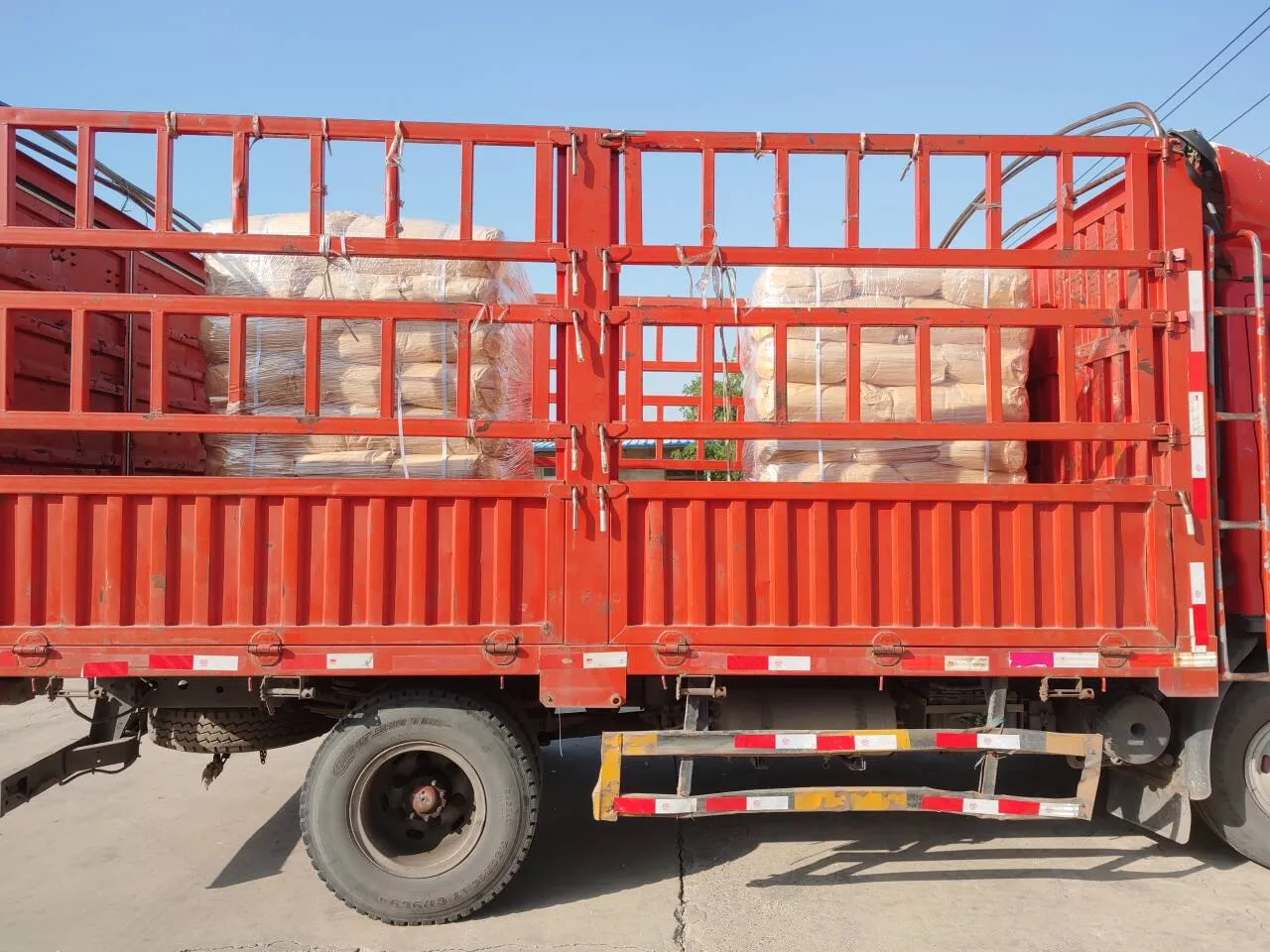1,3-диметилмочевина plays a significant role in the agrochemical industry, especially in the development of herbicides and plant growth regulators. It is involved in the synthesis of various herbicidal agents that can selectively target weeds without harming crops. For example, it is a key intermediate in the synthesis of certain triazine-based herbicides, which are widely used to control broadleaf weeds in agriculture.

Moreover, 1,3-dimethylurea is utilized in the production of plant growth regulators that promote or inhibit plant growth, helping improve crop yield and quality. Its versatility in the synthesis of agrochemicals highlights its importance in supporting sustainable agricultural practices and ensuring food security.
Role in Resin and Polymer Production of 1,3-Dimethylurea
Another notable application of 1,3-dimethylurea is in the synthesis of resins and polymers. When reacted with formaldehyde or other crosslinking agents, 1,3-dimethylurea forms polymeric networks that exhibit excellent thermal stability and mechanical strength. These properties are particularly valuable in the production of industrial materials that must endure high temperatures and stresses.
In addition to improving the mechanical properties of resins, 1,3-dimethylurea-derived materials are also used to create coatings, adhesives, and insulation materials. The ability to modify the physical and chemical properties of the resulting polymers makes 1,3-dimethylurea a key player in material science, particularly in industries requiring heat-resistant and durable components.
Medicinal Chemistry and Drug Synthesis of 1,3-Dimethylurea
1,3-диметилмочевина is also important in medicinal chemistry, where it contributes to the synthesis of novel drugs. It is involved in the formation of biologically active molecules, particularly those targeting enzymes and receptors. For example, its derivatives have been studied for their potential antiviral, antimicrobial, and anticancer properties. By modifying the structure of 1,3-dimethylurea and combining it with other chemical fragments, researchers can create compounds that show promise as therapeutic agents.
Its applications extend to the synthesis of peptide mimetics, which are used to create drug-like molecules that can mimic the biological activity of peptides. The flexibility of 1,3-dimethylurea in chemical synthesis provides a valuable tool for developing new pharmaceuticals with improved efficacy and fewer side effects.

